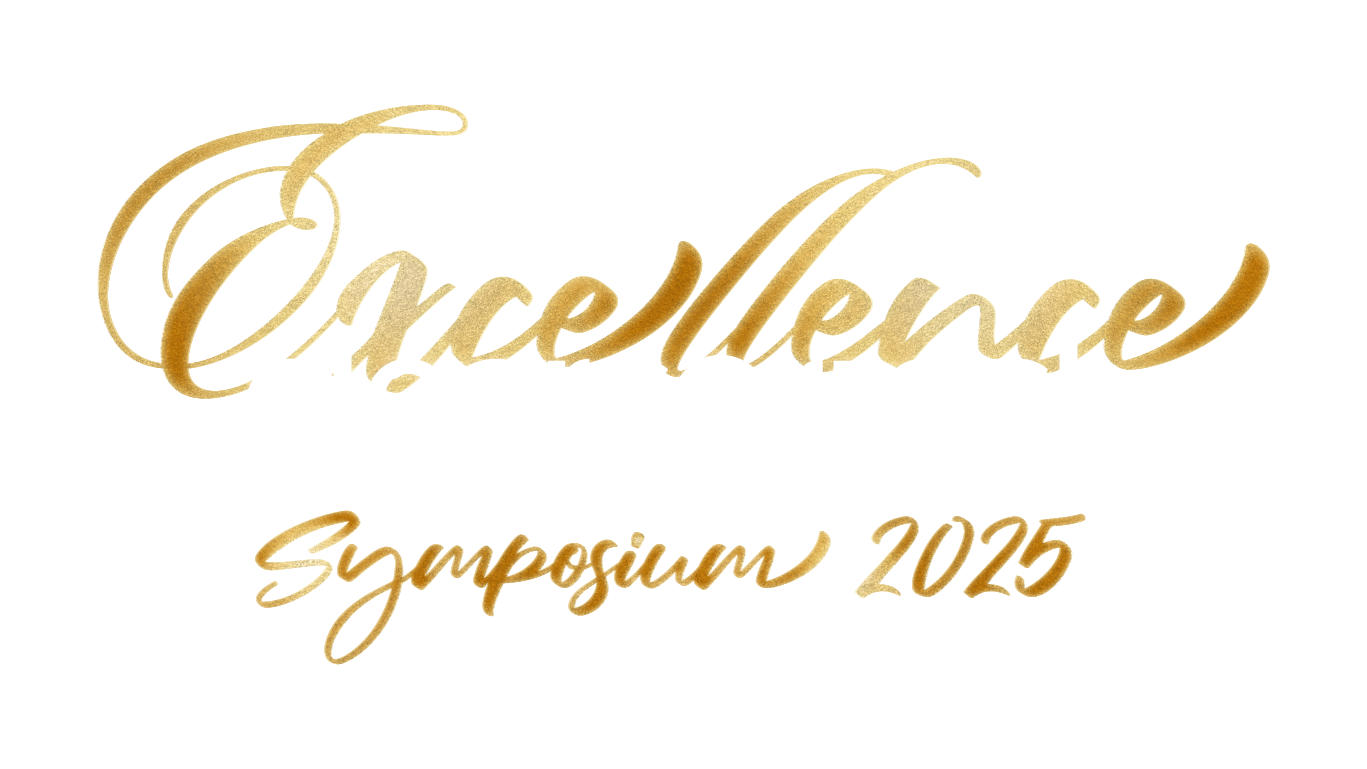
EXCELLENCE Symposium 2025 – Thank You for Being Part of It
Thank you to all who joined us in Madrid for an inspiring exchange of expertise, innovation, and forward-thinking in aligner therapy. With renowned speakers and a passionate community, we explored the future of ClearCorrect together.
Event reviews

"Empowering insights-raising the bar in aligner excellence."

"An action packed informative two days! I didn’t want to miss a session as each speaker was of such a high calibre and it ended on a high note with so much energy and the packed room was proof of how we all wanted to squeeze out every last drop of the experience."

"Great laughs, good company, and real takeaways — our time together felt like family and left us with tips we could use in the office the very next day."
DAY ONE SESSION RECAPS
DAY TWO SESSION RECAPS
EVENT PHOTOS
Here are the key Take Home Messages
After two days of invaluable insights from our renowned global Key Opinion Leader, here are the key takeaways. Explore the topics and discussions that shaped the event.